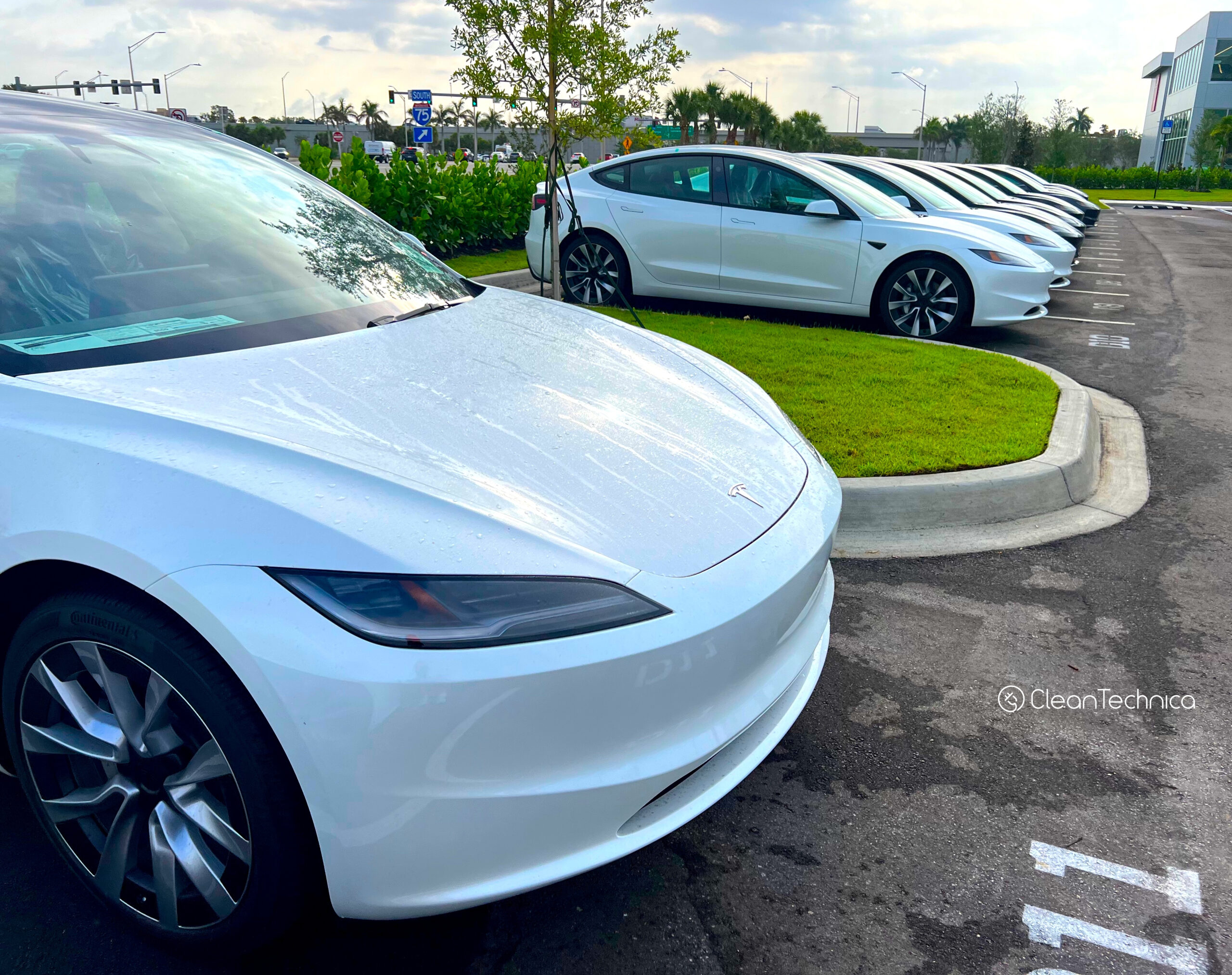Sign up for daily news updates from CleanTechnica on email. Or follow us on Google News!
Annual Suite of Electricity System Scenarios Shows There Could Be Fewer Emissions, More Renewables, and Clean Energy Tax Credits Continued Through 2050
The National Renewable Energy Laboratory (NREL) just released its 2023 Standard Scenarios, which shows how the U.S. electricity sector might change through 2050. The scenarios can guide power system planning and enable dialogue using a common set of assumptions.
The Standard Scenarios is one of several annually updated NREL products designed to support decision makers in the U.S. electricity sector. Every year, NREL uses its Regional Energy Deployment System (ReEDS) model to create the new scenarios, taking into account the latest projections for technology costs and performance from NREL’s Annual Technology Baseline. Now in its ninth installment, the Standard Scenarios includes 53 possible futures that are available to view or download from NREL’s Scenario Viewer.
“The goal of the Standard Scenarios is to give an annually updated picture of where the U.S. electric grid may be headed,” said Pieter Gagnon, NREL grid researcher and lead author of the Standard Scenarios. “The report and accompanying data sets give users an understanding of what might get built, what associated greenhouse gas emissions may be, and how much it might all cost—across a wide range of possible futures.”
Key Takeaways From the Scenarios
Every year, the Standard Scenarios includes a scenario called the Mid-case that serves as a baseline or middle-ground scenario to reflect what might happen if current trends and conditions continue. The Mid-case has central values for model inputs like technology and fuel costs and how much electricity people use. In addition, the Mid-case represents currently enacted electric sector policies. Like the 2022 scenarios, this year’s Standard Scenarios includes provisions in the Inflation Reduction Act of 2022.
This year’s Mid-case shows that by 2050 wind and solar power could grow significantly. By 2050, wind and solar make up a significant portion of new electricity generation, with wind reaching 750 gigawatts (GW) and solar 1,100 GW. That is a five-time and 10-time increase from current levels, respectively. Natural gas capacity also continues to expand. In the Mid-case, natural gas capacity increases by 200 GW under current policies and 130 GW under the 95% power sector emissions reduction scenario, which largely driven more by the need for firm capacity than generation.
The Mid-case also includes currently nascent technologies like natural gas with carbon capture, coal with carbon capture, hydrogen combustion turbines, and small nuclear reactors. These technologies play a limited role under current policies, contributing less than 1% of total electricity generation in the Mid-case scenario. However, currently nascent technologies play a bigger role in decarbonized futures with breakthrough cost and performance improvements or national electric sector carbon dioxide (CO2) emissions constraints.
Across all scenarios the U.S. electricity sector emissions decrease significantly through the mid-2030s. The annual U.S. electricity-sector CO2 emissions in 2035 decrease by 81% in the Mid-case and 71%–86% across all scenarios with current policies (relative to emissions in 2005). While significant, these emissions reductions are not sufficient to phase out the Inflation Reduction Act’s clean energy tax credits. Those credits in IRA are scheduled to phase out at the end of 2032 or when national electric sector greenhouse gas emissions drop below 25% of the level in 2022—whichever occurs later. In 13 of 17 scenarios with current policies and no additional decarbonization policies, the emissions threshold is never passed, and the clean energy tax credits therefore persist through 2050. In the Mid-case, 95% net decarbonization by 2050 is achieved with only a 0.5% increase in present-value bulk electric sector costs. One-hundred percent net decarbonization by 2035 increases costs by 14%.
Learn More About the 2023 Standard Scenarios
If you want to learn more, join a free NREL webinar at 11 a.m. MT on Jan. 24, 2024. Please register to attend. You can also read the Standard Scenarios technical report and view or download the scenarios on the NREL Scenario Viewer.
The Standard Scenarios is supported by the U.S. Department of Energy’s Office of Energy Efficiency and Renewable Energy and is part of a larger NREL effort to ensure energy analyses incorporate transparent, realistic, and timely assumptions and consider diverse potential futures. The Standard Scenarios is modeled using the latest technology cost and performance data from NREL’s Annual Technology Baseline.
Learn more about NREL’s energy analysis research, and sign up for NREL’s energy analysis newsletter.
News item from NREL. By Madeline Geocaris.
Have a tip for CleanTechnica? Want to advertise? Want to suggest a guest for our CleanTech Talk podcast? Contact us here.
Our Latest EVObsession Video
I don’t like paywalls. You don’t like paywalls. Who likes paywalls? Here at CleanTechnica, we implemented a limited paywall for a while, but it always felt wrong — and it was always tough to decide what we should put behind there. In theory, your most exclusive and best content goes behind a paywall. But then fewer people read it!! So, we’ve decided to completely nix paywalls here at CleanTechnica. But…
Thank you!
CleanTechnica uses affiliate links. See our policy here.




